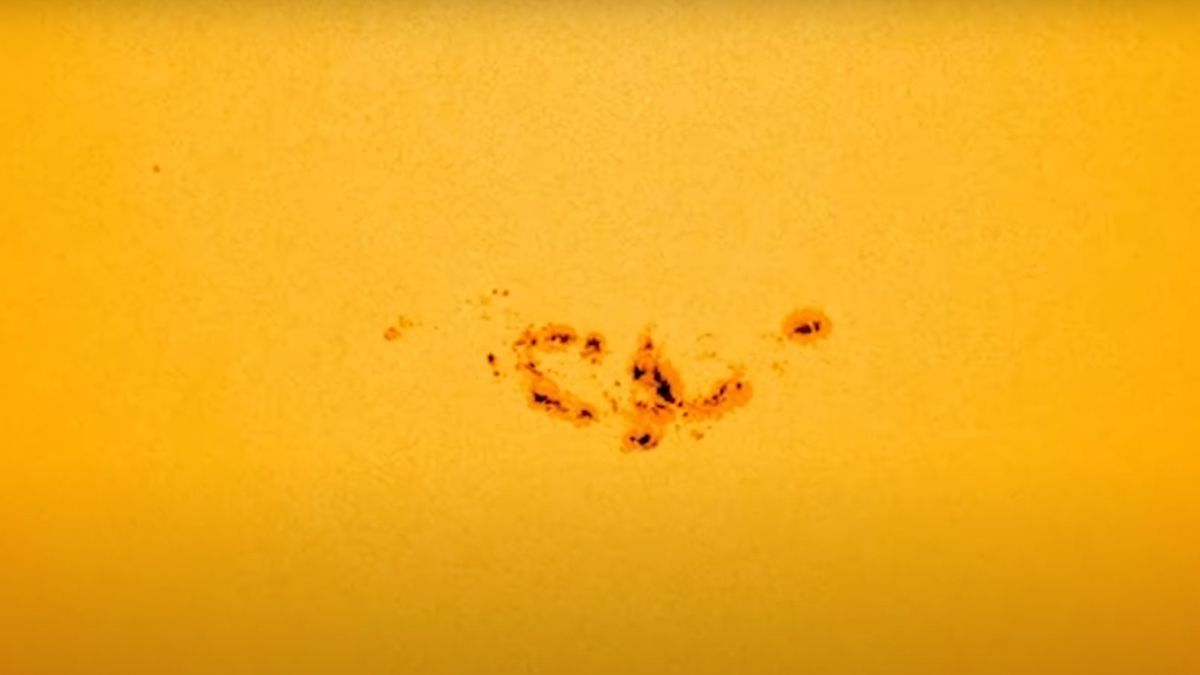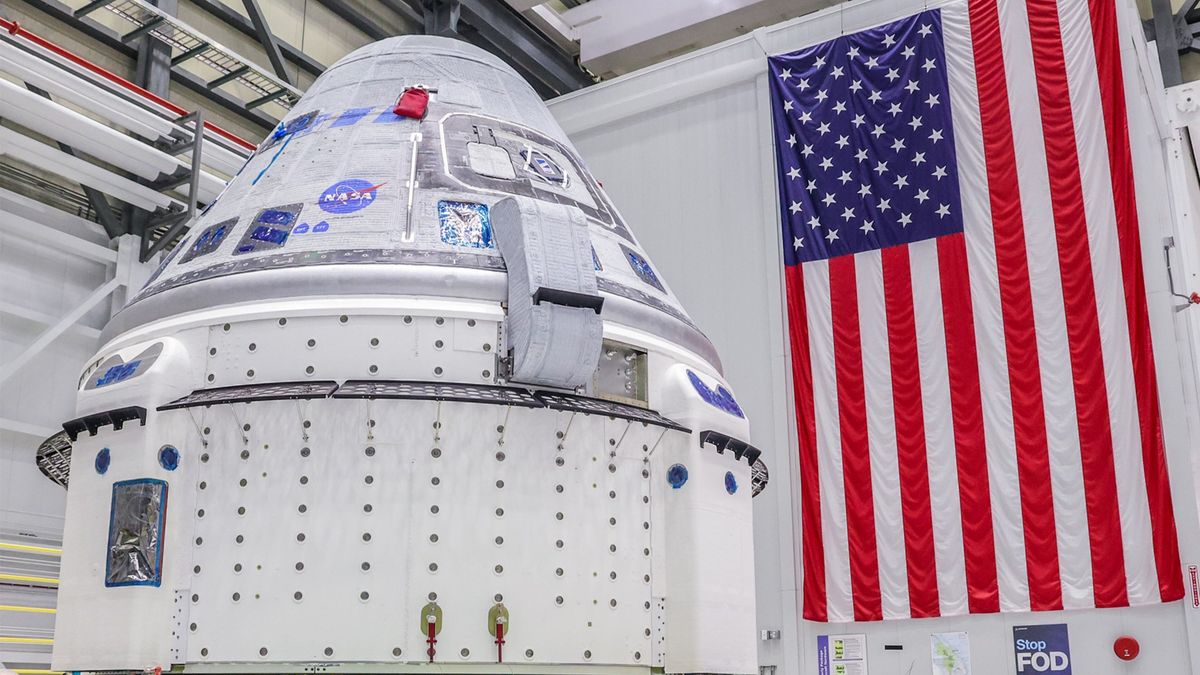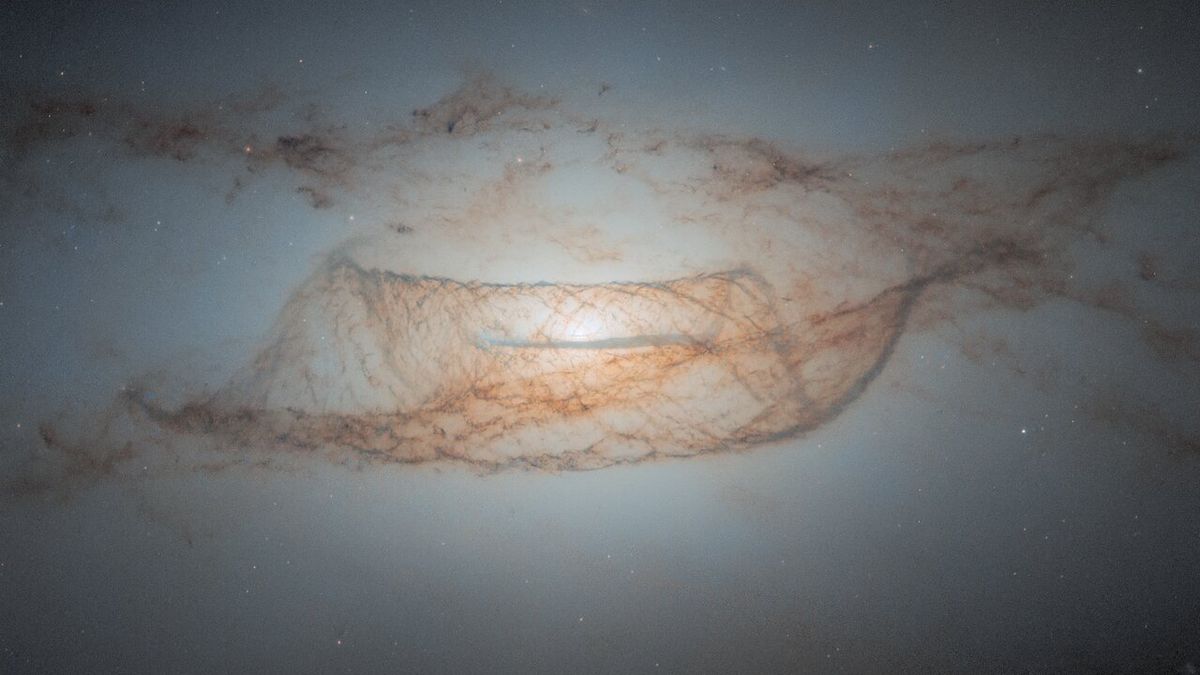Solar Region AR3664: A Celestial Phenomenon
If there were a Page Six for what’s going on in space, the sunspot region AR3664 would undoubtedly be one of the main stars in the spotlight. Spanning a massive 124,300 miles (200,000 kilometers) in width, which is over 15 times the diameter of Earth, this region has captured the attention of astronomers and space enthusiasts alike.
Dynamic Evolution Captured in Time-lapse Video
The dramatic evolution of AR3664 can be witnessed in a mesmerizing time-lapse video compiled from imagery obtained by NASA’s Solar Dynamics Observatory spacecraft. This visual representation showcases the region’s substantial growth and activity in recent days.
Not only is AR3664 immense in size, but it is also highly active, continuously releasing powerful solar flares and coronal mass ejections (CMEs). Some of these solar events have the potential to impact Earth, intensifying the spectacle of auroras in our skies over the upcoming weekend.
The Fascination of Sunspots
Sunspots are dark patches that appear on the solar surface, indicating areas where the magnetic field is significantly stronger than usual — up to 2,500 times more powerful than Earth’s magnetic field, as highlighted by the U.S. National Oceanic and Atmospheric Administration’s (NOAA) National Weather Service. While sunspots are typically Earth-sized, exceptional regions like AR3664 can grow to enormous proportions.
As these regions expand, they become more magnetically complex and pose an increased risk of additional solar flares. Remarkably, AR3664 currently rivals the size of the sunspot associated with the Carrington event of 1859, the most severe geomagnetic storm ever recorded on our planet.
Monitoring Solar Activity
The Space Weather Prediction Center of NOAA remains vigilant in monitoring AR3664 for further activity, anticipating heightened solar phenomena extending through Mother’s Day weekend. Scientists are on high alert, predicting potential flare-ups and additional CME occurrences from this colossal solar region.
Notably, AR3664’s vast size might even allow casual observers to glimpse it without the aid of binoculars or a telescope. However, caution is advised, and protective measures such as eclipse glasses should be utilized to safeguard one’s eyes when observing this astronomical spectacle.
Stay updated on the latest developments in space exploration, rocket launches, and celestial events by following reputable sources for ongoing information.
Image/Photo credit: source url





